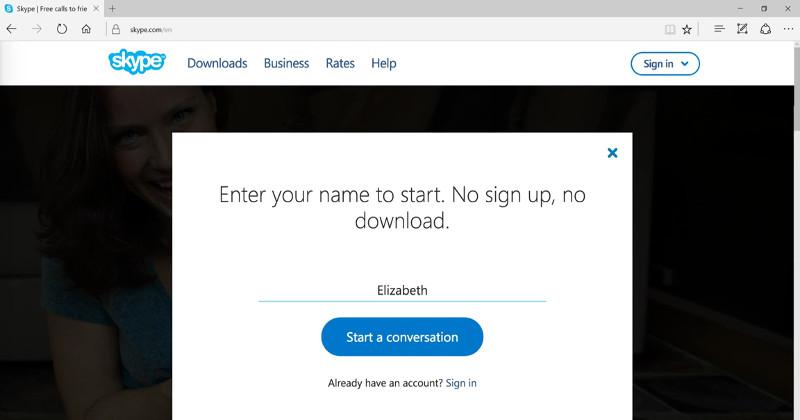
Layer 7 (Application): Most of what the user actually interacts with is at this layer.One mnemonic device for the TCP/IP model is “Armadillos Take In New Ants.”ĭownload our whitepaper to see how the Plixer NPMD platform helps NetOps teams monitor network and application performance at the perimeter and interior, while also detecting abnormalities that impact network performance, scalability, and availability.įor the OSI model, let’s start at the top layer and work our way down.

The TCP/IP model is a more concise framework, with only 4 layers: One popular mnemonic, starting with Layer 7, is “All People Seem To Need Data Processing.” But one that I’m partial to, which starts with Layer 1, is “Please Do Not Throw Sausage Pizza Away.” People have come up with tons of mnemonic devices to memorize the OSI network layers. The OSI model was developed by the International Organization for Standardization. While TCP/IP is the newer model, the Open Systems Interconnection (OSI) model is still referenced a lot to describe network layers. The concepts are similar, but the layers themselves differ between the two models.

There are two models that are widely referenced today: OSI and TCP/IP. In computer science, the concept of network layers is a framework that helps to understand complex network interactions.


 0 kommentar(er)
0 kommentar(er)
